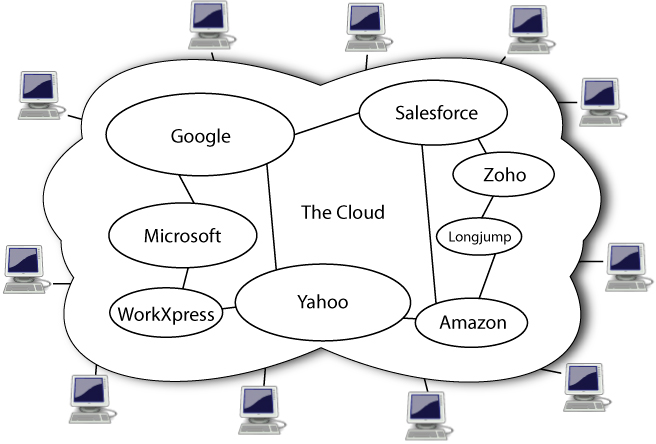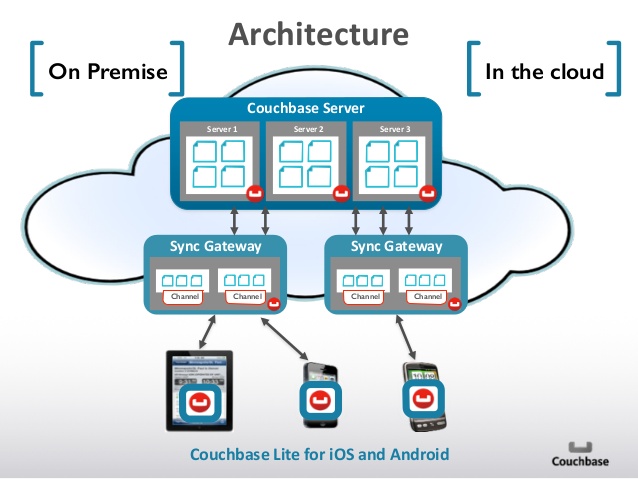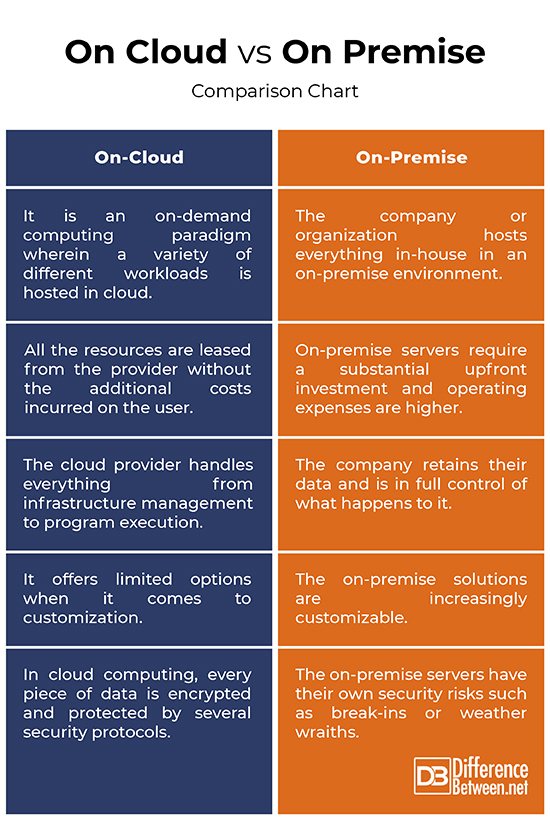Difference Between On Cloud and On Premise
Over the past three decades, the state of high technology has gone through some significant changes in computing and communication platforms. One of the noteworthy technological innovations in the computing space is the move from on premise infrastructure to cloud. The cloud has now become a core element of any organization’s technology strategy. The cloud remains one of the most disruptive changes in computing in years. Its value proposition is multi-faceted, ranging from significant cost savings over the traditional on-premise model to the grace of flexibility of services it provides.

What is ‘On Cloud’?
On cloud simply means everything is hosted in the cloud instead of in-house. This refers to cloud computing – a composite amalgamation of two technologies, the cloud represents networks and networking, while computing refers to computer-related resources, applications and services. Enterprises pay for what they use, much like a telecom provider. This model stands in contrast to the traditional model of on-premise computing; the cloud is more like a subscription-based model meaning you only pay for what you use. The computing becomes a service in the cloud and the customers are billed monthly. So simply put, cloud is a distributed collection of computing resources where the applications reside anywhere on the accessible networks.

What is ‘On Premise’?
On premise refers to a computing model wherein a company or organization hosts everything in-house in an on-premise environment. The software and technology is located within the physical confines of the individual or organization using the software. It differs from cloud computing primarily in resource control and infrastructure management. The traditional computer applications are hosted on local hosts that are on the premise, such as desktops, notebooks, tablets, workstations, etc. In cloud computing, all the resources must be acquired by the users except networking, which is shared between users and the provider.
Difference between On Cloud and On Premise
Deployment
– On premise computing primarily differs from cloud computing in one critical way that is deployment model. Cloud computing represents a computing model which relies heavily on the virtualization of all kinds of resources. It is an on-demand computing paradigm wherein a variety of different workloads is hosted in cloud. A cloud is a pool of virtualized computer resources. On premise, as the name suggests, is a traditional computing model wherein a company or organization hosts everything in-house in an on-premise environment.
Cost
– In case of on-premise computing, the resources must be acquired by the users except networking, which is shared between users and the provider. It involves buying the hardware equipment, acquiring the required system software, management of resources, etc., and this puts a heavy burden and operating expenses on the part of the users. Cloud computing, on the contrary, is a subscription-based delivery model in which you only only pay for what you use. All hardware and software resources are leased from the provider without the additional costs incurred on the user.
Scalability
– The cloud computing is a more scalable model. Everything goes in the cloud which frees organizations or businesses of the mundane tasks like system backup, system maintenance, software upgrades, because the cloud provider handles all of that. The cloud provider in turn can utilize and pioneer best practices for system maintenance and which benefits the customers as well. It offers small to medium-sized companies significant advantages to help them scale their infrastructure. With an on-premise environment, you are responsible for everything from system maintenance to system backups, storage and data recovery. This can be a problem for those with limited technical resources or budgets.
Resource Management
– In cloud computing, the cloud provider acts as a virtual rental space company which handles everything from infrastructure management to program execution processes. Users lease the computing power from the cloud providers. They provide dedicated services to a large number of users, both separately and simultaneously. In IaaS clouds, the user handles the application software deployment part and the VMs are jointly developed by the user and the provider. In the SaaS clouds, everything is provided by the vendor. In an on-premise model, the company retains their data and is in full control of what happens to it.
Security
– One of the key differences between the two is security. Keeping everything in the cloud is probably more secure than an on-premise data center because public cloud services are better than private data centers. Offices can be more susceptible to break-ins and bad weather conditions such as cyclone, tornadoes, which pose threats to the servers containing your valuable data. However, many organizations find on-premise storage subconsciously safer as everything resides in house. In cloud computing, security is provided and handled by the cloud provider and every piece of data is encrypted and protected by several security protocols. But they also present a potential target for hackers.
On Cloud vs. On Premise: Comparison Chart

Summary of On Cloud and On Premise
The cloud computing models provides dynamically scalable and often virtualized resources as services over the Internet. It differs from traditional on-premise model in that users leave most or all infrastructure management and software execution to the cloud platform, which acts as a virtual storage space. This is in direct contrast to the traditional on-premise computing model in which all the resources are executed on local hosts that are on the premise, such as desktops, servers, workstations, tablets, etc. The two differ in resource control and infrastructure management. While both have their fair share of pros and cons, no one model is better or worse than the other.
- Difference Between Caucus and Primary - June 18, 2024
- Difference Between PPO and POS - May 30, 2024
- Difference Between RFID and NFC - May 28, 2024
Search DifferenceBetween.net :
Leave a Response
References :
[0]Briggs, Barry and Eduardo Kassner. Enterprise Cloud Strategy. Washington, United States: Microsoft Press, 2016. Print
[1]Briggs, Barry and Eduardo Kassner. Enterprise Cloud Strategy. Washington, United States: Microsoft Press, 2016. Print
[2]Chang, William Y. et al. Transforming Enterprise Cloud Services. Berlin, Germany: Springer, 2010. Print
[3]Hwang, Kai and Min Chen. Big-Data Analytics for Cloud, IoT and Cognitive Computing. New Jersey, United States: John Wiley & Sons, 2017. Print
[4]Hwang, Kai. Cloud Computing for Machine Learning and Cognitive Applications. Massachusetts, United States: MIT Press, 2017. Print
[5]Image credit: https://commons.wikimedia.org/wiki/File:Cloud_computing.jpg
[6]Image credit: https://commons.wikimedia.org/wiki/File:Couchbase-Mobile-IOT-Database.jpg
